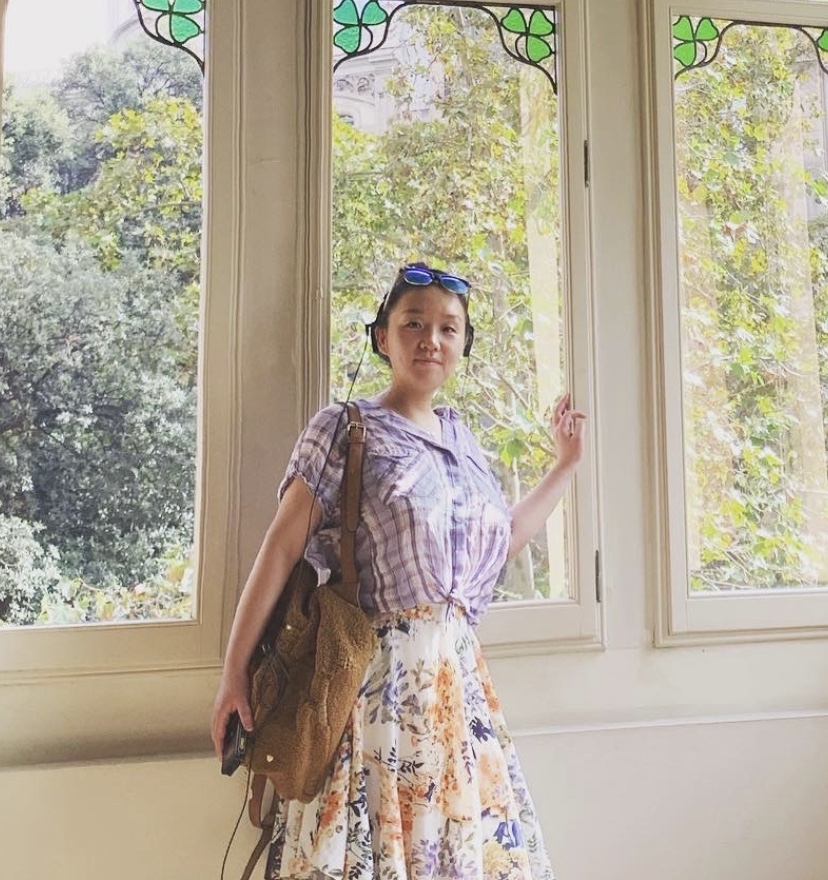Two Talks: "Star formation suppression in nearby galaxy bulges: gas dynamics, supermassive black hole feedback, and more"; and "Raining Glass: Our HST Conundrum"
Allison Man (aman@phas.ubc.ca) and Brett Gladman (gladman@astro.ubc.ca)
All are welcome to this event!
Speaker: Anan Lu:
Title: Star formation suppression in nearby galaxy bulges: gas dynamics, supermassive black hole feedback, and more
Abstract: Star formation is one of the key processes that govern galaxy evolution. Star formation efficiency has been shown to vary across different environments, particularly within galactic starbursts and deep within the bulges of galaxies. The bulges of galaxies share similar environments with elliptical galaxies, with rich molecular gas reservoirs but scarce star formation. With the capabilities of modern radio telescopes (such as ALMA), we can now spatially resolve the birthplace of massive star clusters, giant molecular clouds, in galaxies up to ~80 Mpc away. We can also measure the spatially resolved star formation rate and study ionized gas properties at comparable resolution, using integral field units (such as SITELLE at CFHT). In this talk, I will present observations of a sample of elliptical or bulge-dominated galaxies. I will illustrate that star formation in this particular environment is indeed suppressed: ionized gas does not entirely trace star formation, while molecular gas properties deviate from those in star forming galaxies. Many processes are responsible for the star formation suppression, including the gravitational potential of the bulge itself and feedback from supermassive black holes.
Bio:

Anan Lu grew up in Nanjing, China and moved to Montreal in 2011. She received her Master's in Mechanical Engineering in 2020 and is now working towards a PhD in Astrophysics. She is currently studying star formation efficiency near the centers of galaxies, focusing on bulges and nuclear rings.
__________________________________________________________________________________________________________
Speaker: Joanne Armstrong
Title: Raining Glass: Our HST Conundrum
Abstract: The Hubble Space Telescope (HST) has provided invaluable astronomical data to the world ever since its launch in 1990. Now, almost 35 years later, its control systems are failing, and without its own propulsion, its orbit continues to decay. When launched, it was assumed that a Space Shuttle would be used to collect HST when the time came to remove it from orbit. But with the cancellation of the Space Shuttle program in 2011 and no clear plan for reboost or recovery, the 12,000 kg telescope is stranded in low Earth orbit. Without intervention, HST will undergo an uncontrolled reentry around 2037, scattering debris and glass from its mirrors over the Earth and threatening people on land, at sea, and in the air. The loss of the ability to prevent HST from experiencing this fate may be much sooner. I will discuss the problems associated with HST’s upcoming deorbit, highlight the necessity of intervention, and explore possible next steps.
Bio:

Joanne is a Research Assistant and Junior Fellow with the Outer Space Institute.
Learn More:
- See Anan Lu's personal website here: Intro - Anan Lu
- Find Joanne on the Outer Space Institute website here: People – Outer Space Institute
- Read about the Hubble Telescope: Hubble Home | HubbleSite
- Learn more about Star formation and elliptical or bulge-dominated galaxies
- Read this article about Elliptical galaxies from space.com: Elliptical Galaxies | Space